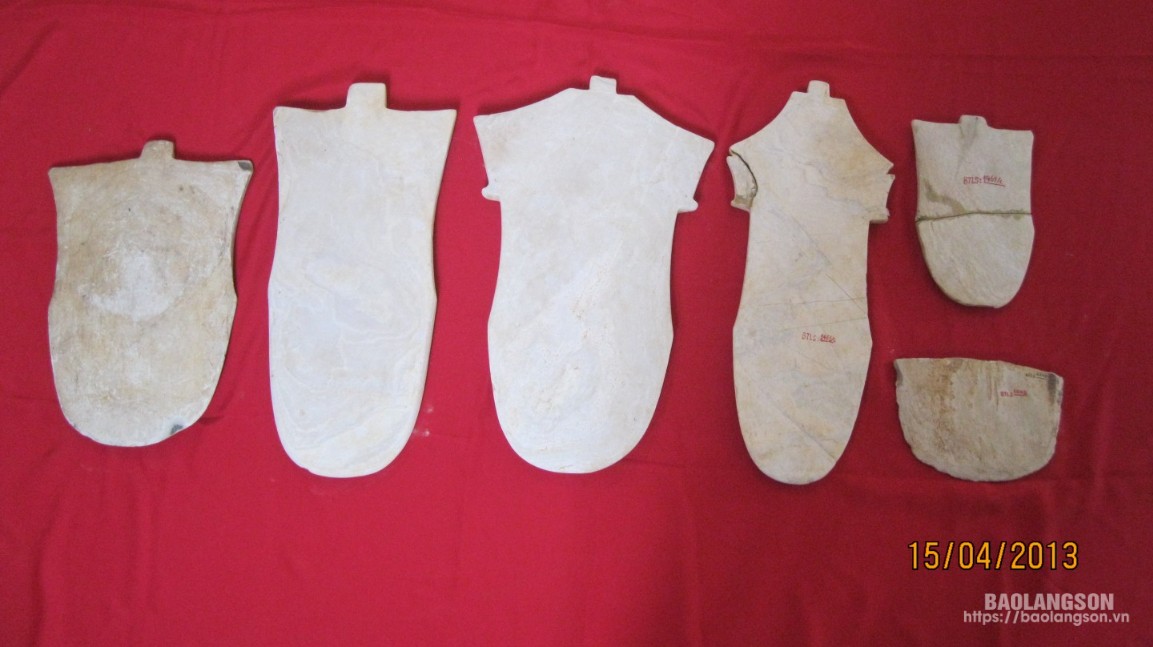
In 1973, when stone shovels were found at Eo Bua (Cat Ba Island, Quang Ninh Province), Vietnamese archaeologists still did not know the name and function of this type of relic. Some people thought it was a spade blade to distinguish it from the types of axes and shouldered adzes of the Late Neolithic Culture. Others thought it was a spear used to catch sea worms by coastal residents... In the following years, similar relics were also found sporadically in some provinces such as Cao Bang, Lang Son, Tuyen Quang, Quang Ninh, Bac Kan, Thai Nguyen, Bac Giang... but in very small quantities. Sometimes it was only discovered once every few years, and each time, usually only one was found.
Based on comparison and cross-checking of documents, Vietnamese archaeologists determined that this is a “Dai Thach San” - a large stone shovel found in abundance in the southernmost region of China. This is a very unique type of archaeological relic that created the “Large Stone Shovel Culture” of the Late Neolithic period; distributed mainly in Guangxi province, with the center being the Guinan region (near the Vietnam - China border).
At the conference announcing “New archaeological discoveries” organized by the Institute of Archaeology (Vietnam Academy of Social Sciences) in 1994, a group of archaeologists including Professor Hoang Xuan Chinh, Dr. Vu The Long, Tran Dinh Nhan announced the “Discovery of large stone shovels in Loc Binh district”. The group of authors only had access to one of those shovels kept by an officer working at the Na Duong coal mine (Loc Binh district). This shovel was made of slate, 40 cm long, 20 cm wide at the shoulder, the whole body was polished, the blade was beveled. The owner of the artifact said that this was one of five stone shovels found in Thai Binh commune (Dinh Lap district). That was the first time the scientific community knew about the presence of stone shovels in Lang Son. However, these were not the first stone shovels discovered in Lang Son.
In 1979, Mr. Ly Van Nhi in Na Po (Vinh Lai commune, Van Quan district) found one on a hill near his house. More than 10 years later (in 1990), a resident in Lang Cang, Hoa Binh commune, Chi Lang district found another one while digging the foundation of his house.
After the discovery of stone shovels in Dinh Lap, it was not until 2006 that Lang Son province had a new discovery of large stone shovels. In March 2006, while constructing the Tan Hoa Commune Secondary School (Binh Gia District) on a hill, construction workers discovered at a depth of about 1 meter at the same time five stone shovels and some other familiar relics of the Late Neolithic culture such as grinding tables, shouldered axes... This location is about 100 km from Lang Son city, 36 km northwest of Binh Gia town center, bordering Bac Kan province. Four of the five shovels and some other artifacts were confiscated and transferred to the Provincial Museum for research and display by the Binh Gia District Department of Culture and Information. In Bac Son town, in 2018, Mr. Ly Anh Thuong also found another stone shovel at a depth of 1.5m while digging the foundation of his house.
During the process of classifying archaeological artifacts from many years ago, Lang Son Museum discovered the lower half of a small stone shovel among the stone relics, but the origin of this shovel is unknown. Thus, according to the above information, up to now, Lang Son province has found 14 large stone shovels, but currently only 8 are preserved in museums. The above discoveries have made Lang Son one of the localities where the most stone shovels have been found in Vietnam. According to published documents, up to now, only about 50 large stone shovels have been discovered in our country. Compared to other archaeological artifacts, this type of relic is small in quantity and very rare.
Large stone shovels of Lang Son are often randomly discovered in the hillsides and mountains, at a depth of 1-1.5m without being in the cultural layer. They are made of soft-grained schist, the outer patina layer is light yellow or grayish white with many different shapes and sizes: from 28.5cm to 40cm long, 16-24cm wide at the shoulder, 1.6-2.2cm thick (only counting intact ones). The balanced shape of the shovel, the smooth surface created by sawing and grinding techniques proves that the level of stone processing and crafting has developed very highly. Based on the classification criteria of scientists, stone shovels found in Lang Son can be classified into groups II and III. These are shovels with short and square handles, horizontal or slightly curved shoulders, type III shovels have two prongs and notches at the shoulder tip. The two sides of the body are slightly curved and concave like a waist, and at the middle of the body, they begin to widen, then retract to form a U-shaped blade, a beveled shovel blade. According to Associate Professor, Doctor Trinh Nang Chung, an expert in researching large stone shovels (Institute of Archaeology - Vietnam Academy of Social Sciences), the stone shovels found in Vietnam are completely similar in material, design, size and manufacturing technique to the stone shovels in the Guangxi region (China)". Today, archaeologists believe that they are production tools, and at the same time, they are used in the ritual of praying for crops and fertility beliefs of ancient agricultural residents, dating back about 4,000 - 5,000 years.
Based on the study of the characteristics of the relics, the location where the stone shovels and accompanying relics were discovered, Associate Professor, Doctor Trinh Nang Chung concluded that the stone shovels found in the northern mountainous and coastal areas of Vietnam were the product of the interaction and exchange between the Late Neolithic and Early Metal Age residents and the contemporary residents in Guangxi (China). The route of contact and interaction in Lang Son could have been via the Ky Cung River. The location where the stone shovels were discovered in Lang Son was basically within the distribution area of the Mai Pha Culture of the Late Neolithic period.
The large stone shovel discovered in Lang Son is a unique and special collection of artifacts reflecting the cultural exchange of prehistoric people in the Vietnam - China border area during the Late Neolithic - Early Metal Age period about 4,000 - 5,000 years ago. These are also valuable documents that help research to clarify the history of the formation and development of Lang Son province in the prehistoric and early historical periods.
Source: https://baolangson.vn/xeng-da-lon-tren-vung-dat-lang-son-5042654.html



![[Photo] General Secretary To Lam arrives in Minsk, begins state visit to Belarus](https://vphoto.vietnam.vn/thumb/1200x675/vietnam/resource/IMAGE/2025/5/11/76602f587468437f8b5b7104495f444d)

![[Photo] General Secretary To Lam concludes visit to Russia, departs for Belarus](https://vphoto.vietnam.vn/thumb/1200x675/vietnam/resource/IMAGE/2025/5/11/0acf1081a95e4b1d9886c67fdafd95ed)
![[Photo] General Secretary To Lam meets and expresses gratitude to Vietnam's Belarusian friends](https://vphoto.vietnam.vn/thumb/1200x675/vietnam/resource/IMAGE/2025/5/11/c515ee2054c54a87aa8a7cb520f2fa6e)




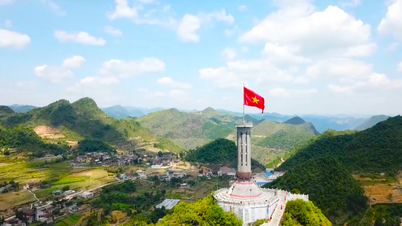
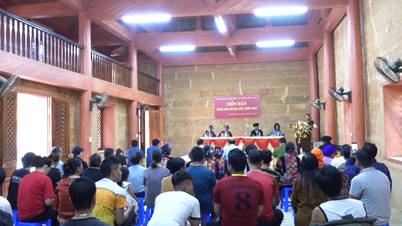
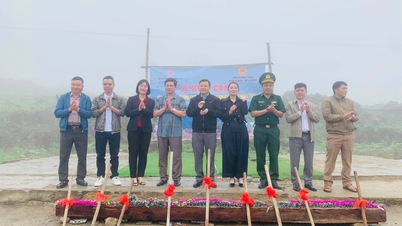
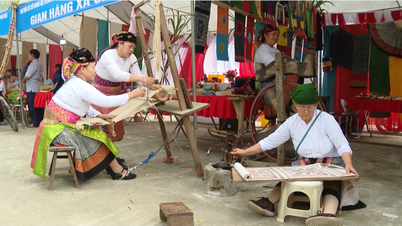
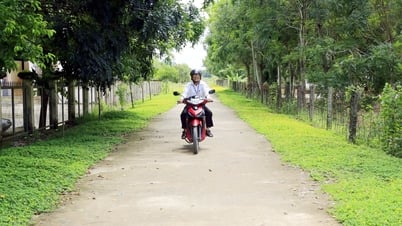

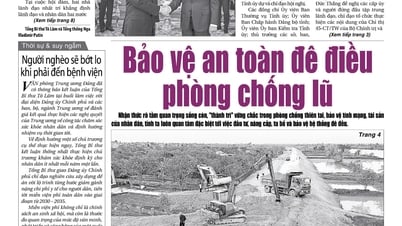







![[Video] Weather forecast tonight and tomorrow, May 11, 2025: Warning of thunderstorms and strong winds in the North - Lang Son Newspaper and Radio and Television Station](https://vphoto.vietnam.vn/thumb/402x226/vietnam/resource/IMAGE/2025/5/10/5a275872916744dc92e724ec900ee258)






![[Photo] National Assembly Chairman Tran Thanh Man attends the Party Congress of the Committee for Culture and Social Affairs](https://vphoto.vietnam.vn/thumb/1200x675/vietnam/resource/IMAGE/2025/5/11/f5ed02beb9404bca998a08b34ef255a6)




























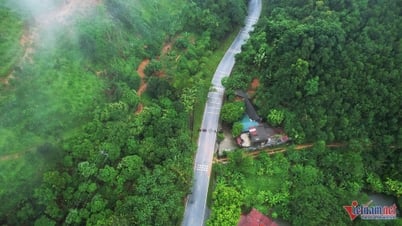

























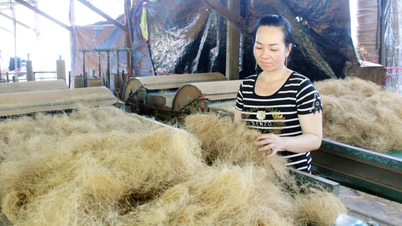








Comment (0)